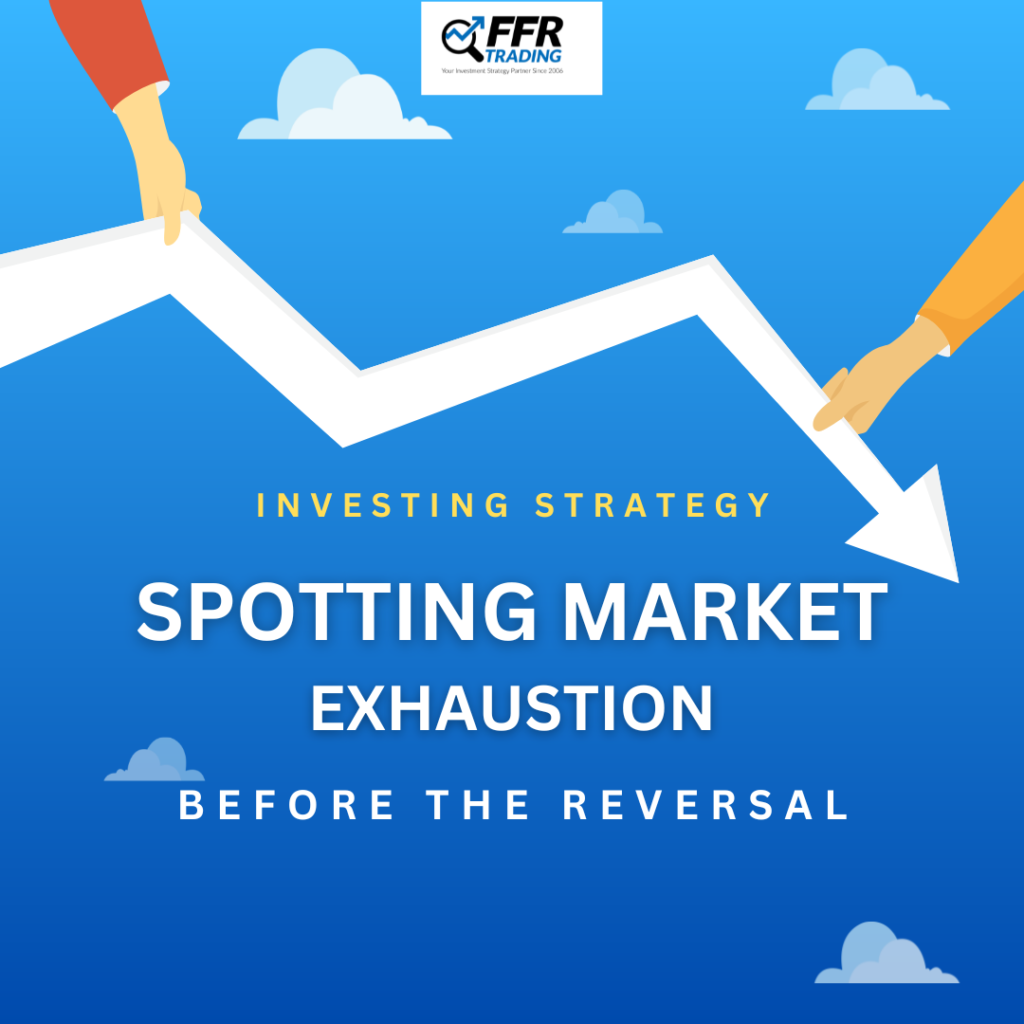
Spotting Market Exhaustion Before the Reversal
Every market trend—whether bullish or bearish—has a life cycle. In the early stages, traders pile in with conviction, riding momentum as prices push higher (or lower). But eventually, momentum slows, volume tapers off, and signs of exhaustion begin to appear.
This week’s SPY action may have offered just such a clue. Thursday’s session opened with a strong bullish gap, a pattern that historically leads to further gains about 70% of the time. Yet instead of pressing higher, buyers stalled out and allowed sellers to close the gap — a signal that bulls may be running out of steam.
Three Key Indicators of Market Exhaustion
Recognizing an exhaustion zone before a reversal becomes obvious is a valuable skill for any trader. Here are three telltale signs:
-
Failed Follow-Through Days
When a breakout or gap doesn’t attract continued buying pressure, it’s often an early warning that momentum is fading. -
Diverging Volume
Rising prices on declining volume suggest fewer participants are supporting the move, a classic sign of weakening strength. -
Overextended Technical Readings
Indicators like RSI or stochastic oscillators flashing extreme overbought conditions can hint that the trend is due for a breather.
How Traders Should Respond
Spotting exhaustion doesn’t necessarily mean betting against the trend immediately. Instead, smart traders:
-
Tighten stops to protect gains
-
Lock in partial profits while momentum is still intact
-
Prepare for a potential shift in direction
The Bottom Line
In volatile markets, survival comes down to agility. The traders who adapt quickly to changing conditions—rather than stubbornly clinging to a bias—tend to preserve capital and stay ready for the next high-probability setup.
